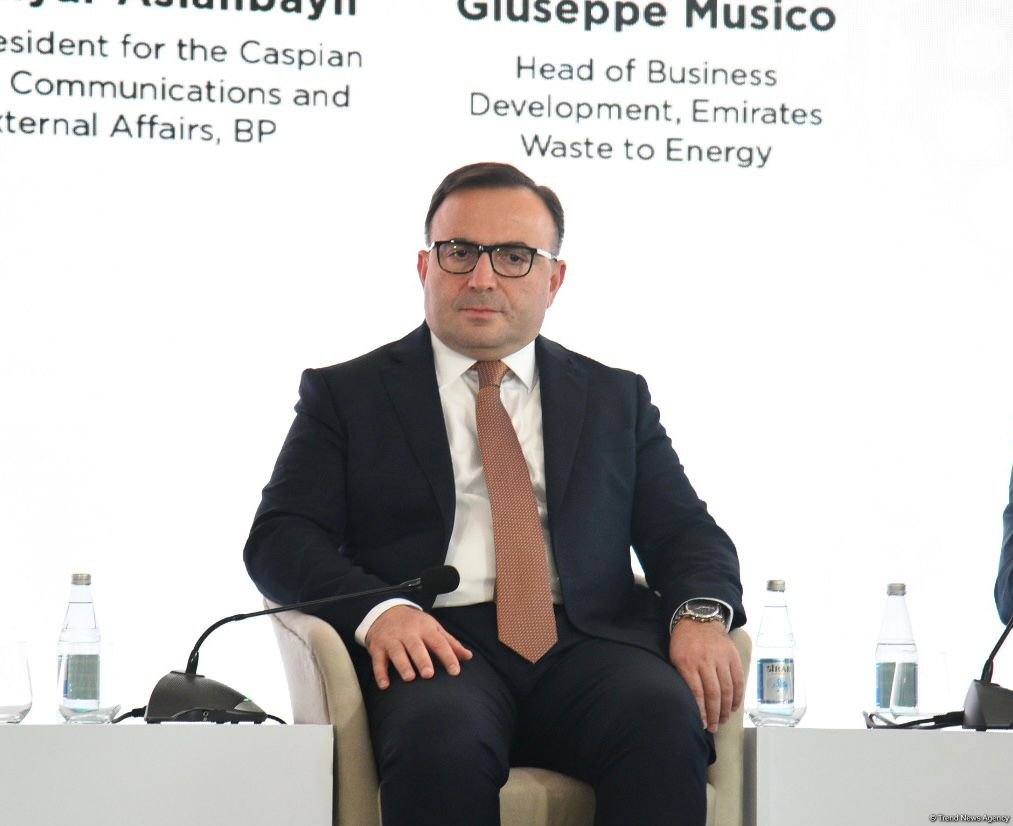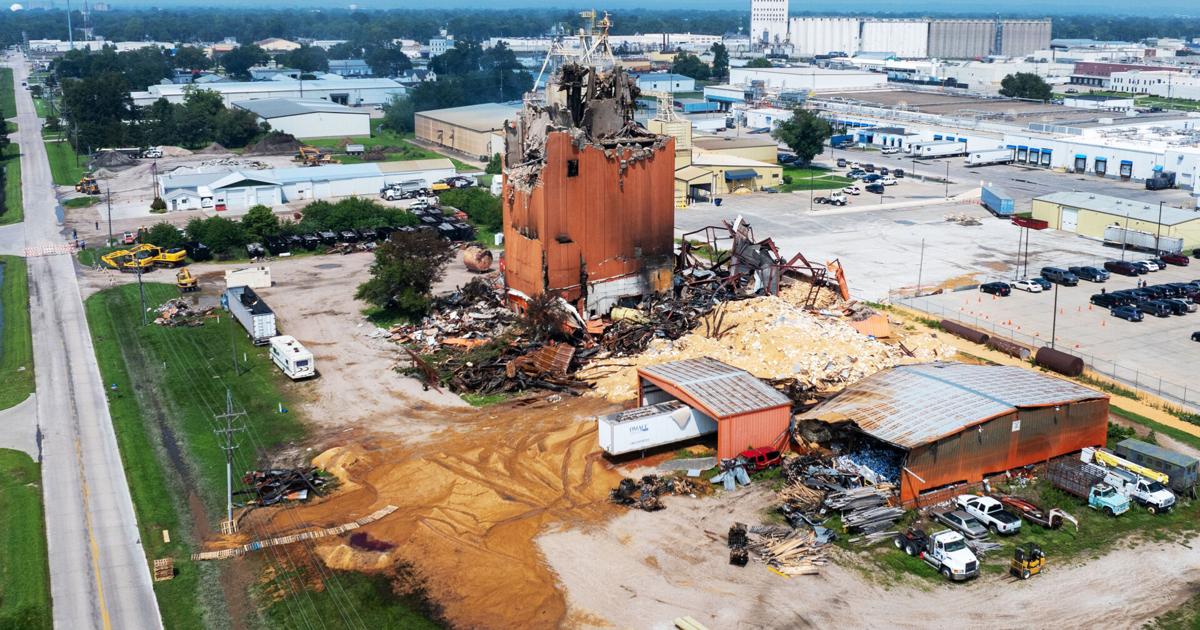By Sadig Javadov
Copyright trend

BAKU, Azerbaijan, September 22. The main
objective of the Shah Deniz Compression project is to make
low-pressure gas reserves accessible and achieve maximum gas
recovery, Bakhtiyar Aslanbayli, bp’s Vice President of
Communications and External Relations for the Caspian Region, said
at the 1st Azerbaijan International Investment Forum held in Baku,
Trend reports.
“We plan to electrify the Shah Deniz field in the future. As a
first step, the Shah Deniz Alfa platform has been enabled to
receive electricity directly from the Bravo platform, located eight
kilometers away. In addition, the newly built Shah Deniz
Compression platform will operate entirely on electricity and will
also serve to supply Shah Deniz Bravo with electricity. This will
ultimately allow the entire Shah Deniz field operations to be
switched to electricity,” the vice president explained.
He also touched upon the 240 MW Shafag Solar Power Plant being
built in the liberated territories.
“The advantage of the project is that a virtual energy
transmission mechanism will be applied here. That is, we will
produce 240 MW of solar energy in the liberated territories and
transmit it to the national grid, and at the same time, we’ll take
the same amount of energy from the national grid and direct it to
the electrification of the largest oil and gas processing facility
in Azerbaijan—the Sangachal terminal,” Aslanbayli said.
The company official pointed out that this is a very successful
example of energy transition.
“This is because in a country with a long tradition of oil and
gas, an international energy company with 30 years of experience is
channeling part of its oil and gas revenues into solar energy,
which is used to electrify oil and gas processing facilities. As a
result, the Sangachal terminal will be able to reduce emissions
from terminal operations by approximately 50 percent during its
future operational period. This is an ideal example of energy
transition,” he clarified.
Aslanbayli also emphasized that the future of cooperation and
investment relations isn’t limited to the continuation of existing
operations.
“At the same time, it’s opening up to new horizons based on new
energy sources, innovative approaches, and a different vision. All
of this is built on strategic relationships formed with the
country, the Government of Azerbaijan, SOCAR, and other partners.
Another important factor that distinguishes Azerbaijan’s investment
environment is this: for 31 years, the terms of Production Sharing
Agreements (PSAs) have never been changed without mutual consent.
All commitments outlined in the agreements signed in 1994 and 1996
are still being fully honored today. This creates a truly desirable
environment for any investor.
It’s precisely within this framework of partnership that we plan
to successfully continue our activities in Azerbaijan, not only in
the traditional oil and gas sector, but also in the fields of
renewable energy and energy transition,” he added.
The Shah Deniz (SD) Contract Area is a high-pressure
gas-condensate field situated in the Azerbaijani portion of the
Caspian Sea. The development of the SD Contract Area, controlled by
bp Exploration (Azerbaijan) Limited on behalf of the other members
of the Production Sharing Agreement (PSA) consortium, is being
executed in phases and has thus far encompassed the SD Stage 1
Project (SD1). The SD2 Project signifies the second phase of
development inside the SD Contract Area, with the SD2
Infrastructure Project becoming the initial substantial undertaking
onshore. The objective of the SD2 Project is to enhance the
extraction of gas and condensate reserves in the offshore Shah
Deniz Contract Area. The SD2 Infrastructure Project includes the
necessary preparations for the building of the new SD2 Project
onshore facilities.
Stay up-to-date with more news on Trend News Agency’s



